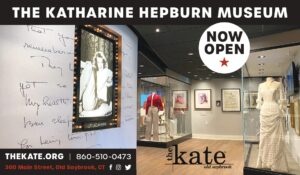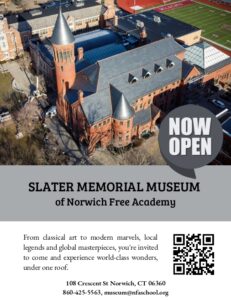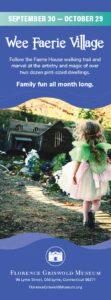On Our Nightstand
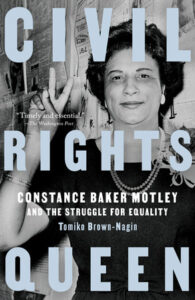
Tomiko Brown-Nagin, Civil Rights Queen: Constance Baker Motley and the Struggle for Equality. New York: Vintage, 2023
As a lawyer for the NAACP Legal Defense and Educational Fund, Constance Baker Motley wrote the original complaint in the landmark case Brown v. Board of Education. Born and raised in New Haven, Motley went on to become the first African American woman to argue a case before the U.S. Supreme Court.
Motley lived in Harlem but maintained a second home in Chester, Connecticut from 1965 until her death in 2005. Her legacy as a key figure in school desegregation is commemorated by a stop on the Connecticut Freedom Trail in Chester.
Connecticut Cinematic Classics
[photo: Boomerang Film]
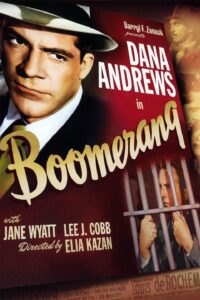 Boomerang! (1947), directed by Elia Kazan. American crime semi-documentary film based on the true story of a vagrant accused of murder who was found not guilty through the efforts of the prosecutor Henry Harvey. Harvey was based on real-life state’s attorney Homer Cummings. Set in Bridgeport, it stars Dana Andrews, Lee J. Cobb, Karl Malden, and Jane Wyatt.
Boomerang! (1947), directed by Elia Kazan. American crime semi-documentary film based on the true story of a vagrant accused of murder who was found not guilty through the efforts of the prosecutor Henry Harvey. Harvey was based on real-life state’s attorney Homer Cummings. Set in Bridgeport, it stars Dana Andrews, Lee J. Cobb, Karl Malden, and Jane Wyatt.
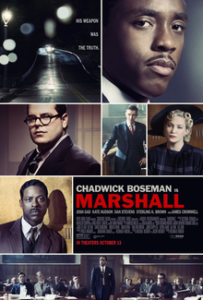 Marshall (2017), directed by Reginald Hudlin and written by Michael and Jacob Koskoff, starring Chadwick Boseman as Thurgood Marshall, the first African American U.S. Supreme Court Justice, focuses on one of the first cases of his career, the State of Connecticut v. Joseph Spell.
Marshall (2017), directed by Reginald Hudlin and written by Michael and Jacob Koskoff, starring Chadwick Boseman as Thurgood Marshall, the first African American U.S. Supreme Court Justice, focuses on one of the first cases of his career, the State of Connecticut v. Joseph Spell.
Quotable and Notable
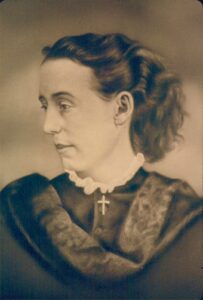 photo: Richmond Memorial Library
photo: Richmond Memorial Library
Born in Marlborough in 1843, Mary Hall became the first woman to practice law in Connecticut, spending much of her career handling property matters for women. An advocate for women’s rights, she helped establish the Hartford Woman Suffrage Club in 1885. When she applied for admission to the bar in 1882, The Hartford Courant published an editorial voicing support for Hall:
“It is hoped that the members of the Hartford County bar will not see fit to put themselves on the illiberal side on the pending application of an accomplished lady for admission to the bar. When women are allowed as physicians and teachers without question, it would be taking a long step backward to refuse their admission to the bar. It would be regarded as an admission of fear on the part of the men.” – The Hartford Courant, March 25, 1882
Fall Issue Crossword Puzzle
Test your Connecticut legal history knowledge! Stumped? Scout this issue of Connecticut Explored for all the answers.
For answers, click here.

Across
- Iconic blue domed building saved from demolition
- Ida Braxton was one of the first Hartford women to register to ____
- Name, symbol, or letters that associate goods with their makers
- P.T. stands for ____
- Oldest definitive point on the New York-Connecticut state line
- Barnum’s dig at Seth Seely
- Single women past the age of majority who could represent themselves in court
- With 9 Down, located across the street from the state capitol building
- State Historic Preservation Office, for short
- Dr. Williamson claimed he could bewitch what animals?
Down
- Look for this mark on your lock
- Legal principle giving husbands and fathers power over wives and daughters
- Founder of the first law school in America
- Barnum’s weekly newspaper that was sued for libel
- Hartford household where Ida Braxton first worked
- Where to find early New Haven County Court Records
- A physical marker on a property line
- New Haven’s Elizabeth Gould sued Benjamin Chittenden for _____
Legal Match Up
Can you match these famous Connecticut lawyers to their accomplishments?
Check your answers to our crossword and match-up here.
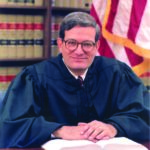
Jose Cabranes
photo: American Bar Association
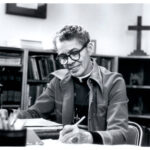
Pauli Murray
photo: Carolina Digital Library and Archives
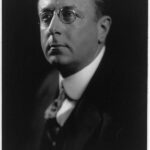
Homer Cummings
photo: 1920, Harris & Ewing
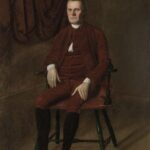
Roger Sherman
Ralph Earl, circa 1775. Yale University Art Gallery
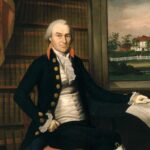
Oliver Ellsworth
Ralph Earl, circa 1801. Catalog of American Portraits, National Portrait Gallery, Smithsonian Institution.
a. This architect of the Connecticut Compromise was the only person to sign all four of the important American revolutionary documents: the Articles of Association in 1774, the Declaration of Independence in 1776, the Articles of Confederation in 1781, and the Constitution of the United States in 1787.
b. This Yale law graduate was a longtime advocate for civil rights and women’s rights. After learning that Columbia University did not accept women and that its sister school was unaffordable, this lawyer decided that segregation based on gender and economic status was just as bad as segregation by race.
c. This recipient of the Learned Hand Medal for Excellence in Federal Jurisprudence from the Federal Bar Council was appointed in 1979 to the U.S. District Court for the District of Connecticut, becoming the first Puerto Rican to serve as a federal judge.
d. This state’s attorney for the Judicial District of Fairfield was appointed attorney general of the United States by President Franklin Delano Roosevelt in 1933. As an executive member of the Committee on Economic Security, he was among the policymakers whose recommendations shaped the Social Security Act.
e. This member of the committee that drafted the United States Constitution was also a principal author of the Judiciary Act of 1789, which established the federal judiciary and shaped the U.S. Supreme Court. He was appointed by George Washington as the third chief justice of the U.S. Supreme Court.
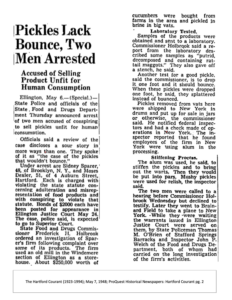 In a Bit of a Pickle
In a Bit of a Pickle
Maybe you’ve heard the myth about a Connecticut law stating that a pickle must bounce in order to be considered a pickle. While it isn’t actually a law, this strange test did play a role in establishing evidence for a 1948 case against Sidney Sparer and Moses Dexler to prove they were guilty of selling pickles “unfit for human consumption,” according to a Hartford Courant article published on May 7, 1948. State Food and Drug Commissioner Frederick Holbrook ordered an investigation of Sparer’s firm in Ellington, and about $250,000 worth of cucumbers were confiscated for testing. Holbrook suggested that along with laboratory tests, the pickles should be dropped one foot to see if they bounced. The pickles did not bounce, and Sparer was arrested and charged a $500 fine. His pickles were destroyed.
